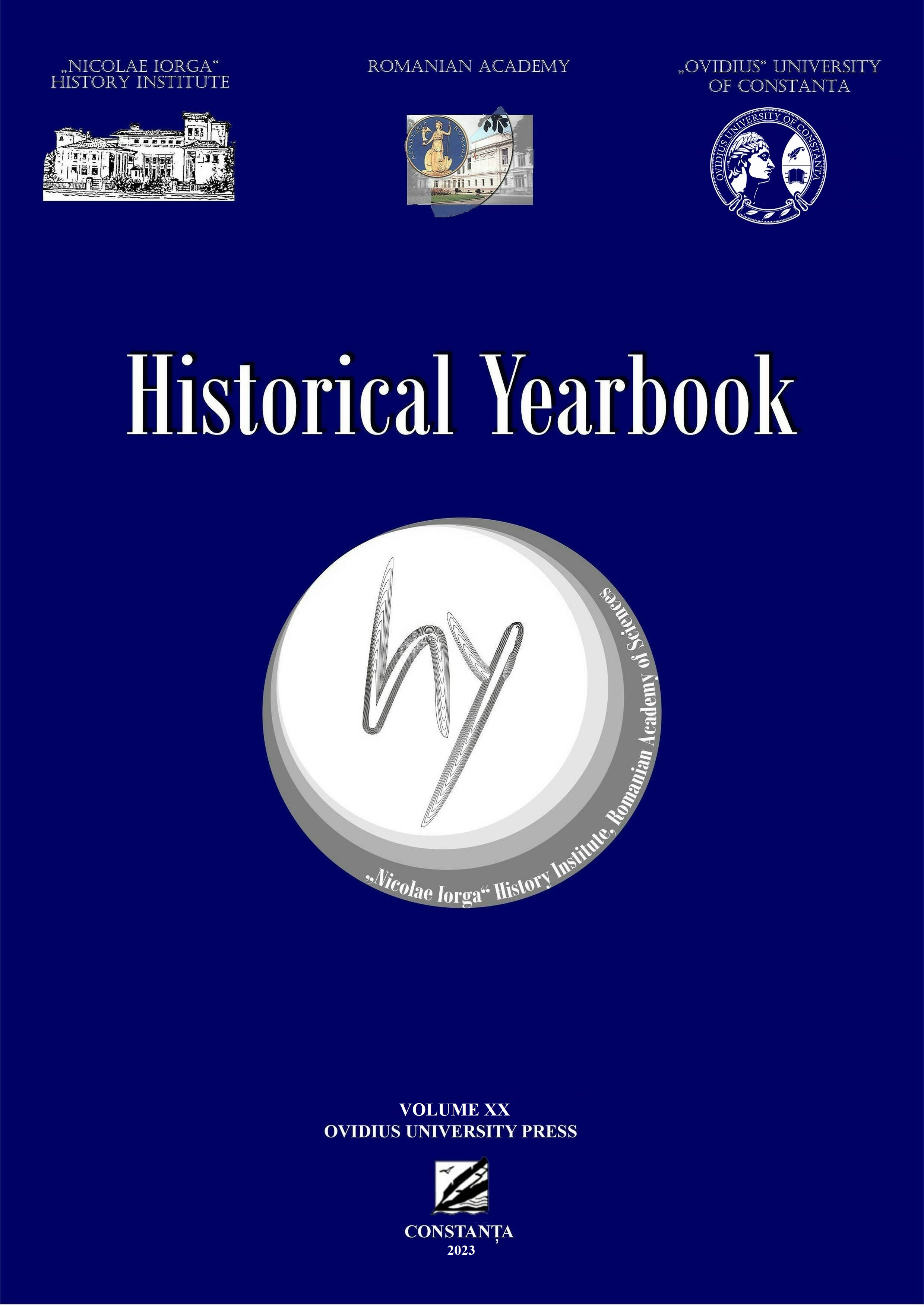STALIN’S COLLECTIVIZATION AND THE 1932–1933 GREAT FAMINE IN SOVIET AND ROMANIAN NARRATIVES:
THE CASE STUDY OF THE “MOLDAVIAN PIEDMONT”
(Mid-1920s – 1947)
STALIN’S COLLECTIVIZATION AND THE 1932–1933 GREAT FAMINE IN SOVIET AND ROMANIAN NARRATIVES:
THE CASE STUDY OF THE “MOLDAVIAN PIEDMONT”
(Mid-1920s – 1947)
Author(s): Eduard BaidausSubject(s): History, Recent History (1900 till today), Interwar Period (1920 - 1939), Post-War period (1950 - 1989)
Published by: Ovidius University Press
Keywords: Collectivization; Great Soviet Famine; Holodomor in Ukraine; Moldavian ASSR; Romania;
Summary/Abstract: Until 1934, Royal Romania did not establish a diplomatic mission inside the USSR. However, the country shared a common border with the Bolshevik state and dealt with Soviet refugees escaping persecution, repressions, collectivization, and famine throughout the 1920s and 1930s. Romanians were aware of the ongoing tragedy on their eastern border beyond the Dniester River. From the Soviet perspective, the Romanian monarchy was a rival enemy due to incompatible political and economic systems. Romanian and Soviet geopolitical interests were likewise mutually exclusive. While Romanians were concerned about the fate of the Ukrainian SSR’s Romanian-speaking population and the Kremlin’s claims on Bessarabia, the Soviets intended to recover the latter lost imperial Russian province and export their ideology westward. Soviet collectivization in the late 1920s–early 1930s and the Great Soviet Famine of 1932–1933 are often discussed by the general public, widely exploited by politicians, and contentiously investigated by scholars. Researchers rely on available archival material and existing scholarship to explore and interpret these dramatic events. This paper examines Soviet and Romanian narratives about collectivization and the famine based on unexplored and, in some cases, rarely used, sources published contemporaneously or shortly after these events. The author relies on books, textbooks, poetry, children’s literature, and articles published in the Moldavian ASSR and Greater Romania. This article’s purpose is twofold: first, it will focus on how collectivization and repression were justified and propagated through Soviet publications; second, it will examine how authors in Romania portrayed the USSR, described Stalin’s collectivization, and expressed their views about the Great Soviet Famine. In both cases, Moldavian autonomy in Soviet Ukraine— bordering Greater Romania—is the main focus of this research. The paper demonstrates that while Soviet narratives praised Stalin’s USSR and its agrarian reforms, by contrast, Romanian narratives criticized all things Soviet. This article highlights the suffering of peasants, the ineffectiveness of collectivization and its negative impact on citizens’ lives. It also illustrates how the Soviet Union and Romania employed books, children’s literature, and other publications as reliable tools to propagate their ideological agenda, justify domestic and foreign policies, and attribute wrongdoings and crimes to their political rivals.
Journal: HISTORICAL YEARBOOK
- Issue Year: 20/2023
- Issue No: XX
- Page Range: 87-116
- Page Count: 30
- Language: English
- Content File-PDF

